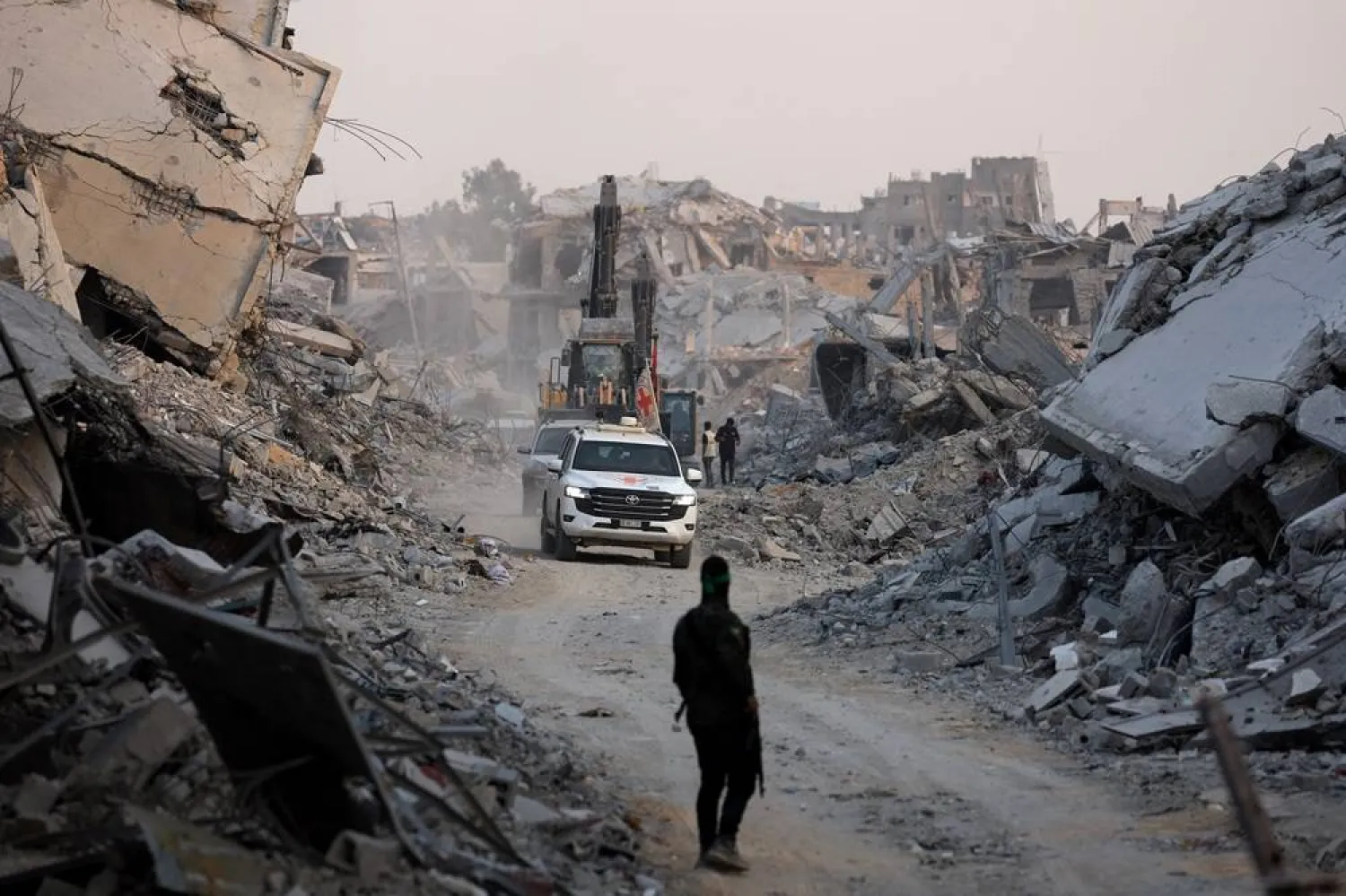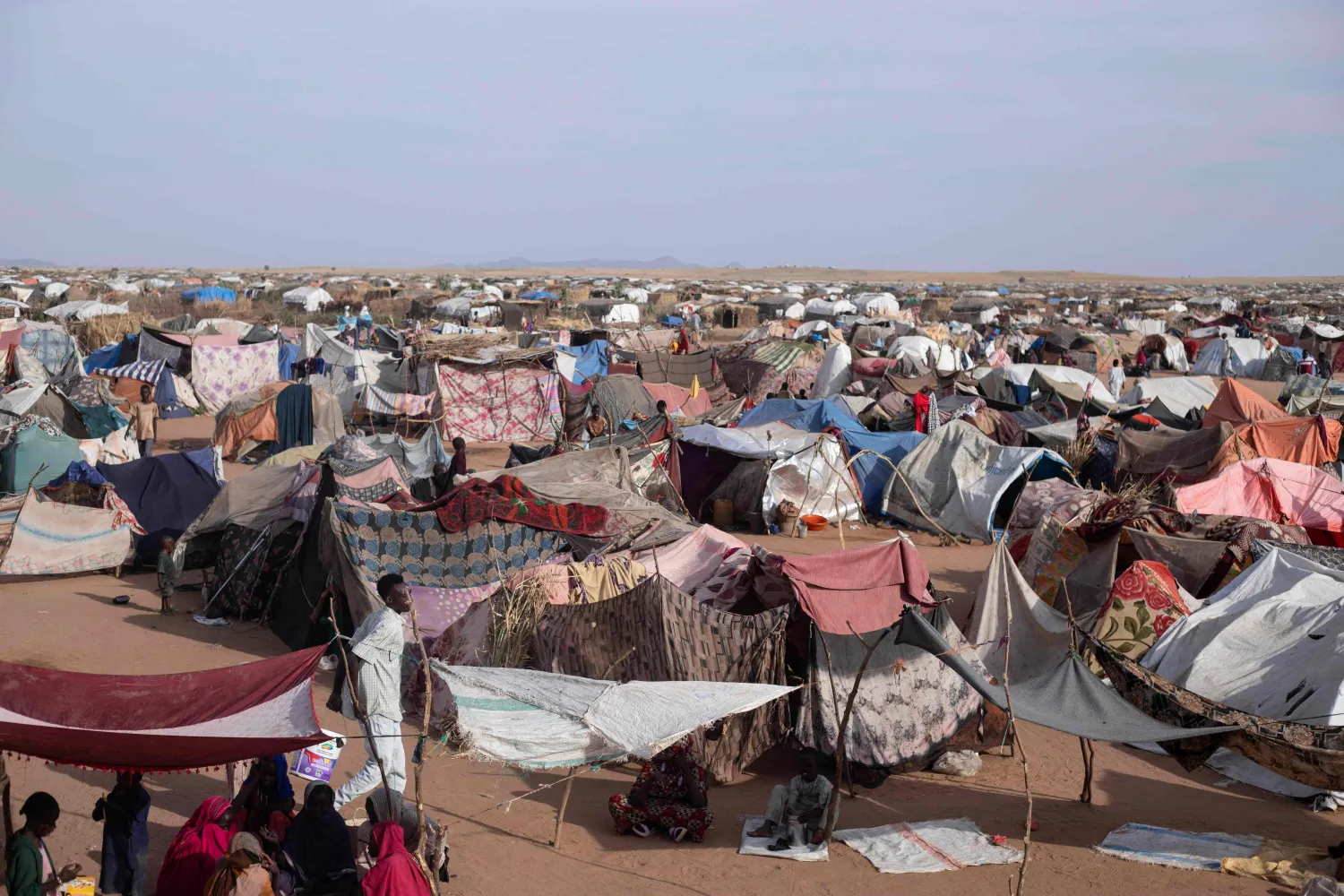The Central Bureau of Judicial Investigation (BCIJ) said on Wednesday that it successfully thwarted a “highly dangerous” terrorist plot targeting Morocco, commissioned and instigated directly by a senior ISIS leader in the Sahel region of Africa.
It said the plot was thwarted based on precise information provided by the General Directorate for Territorial Surveillance (DGST).
An operation conducted simultaneously in the cities of Laayoune, Casablanca, Fez, Taounate, Tangier, Azemmour, Jersif, Oulad Tayma and Tamsna, in the suburbs of Rabat, resulted in the arrest of 12 extremists aged between 18 and 40 years, who had pledged allegiance to the ISIS terrorist organization and were involved in preparing and coordinating perilous terrorist projects, said a statement from DGST.
According to Maghreb Arabe Presse (MAP), intelligence information, supported by investigations, shows that the members of the terrorist cell were linked to a senior ISIS leader in the Sahel region, in charge of the so-called “external operations” committee tasked with internationalizing terrorist projects outside the Sahel region south of the Sahara, who oversaw the financing and logistical support, and further provided members of this cell with digital content explaining the modus operandi of the terrorist operations.
The investigations also unveiled that the terrorist cell adopted a precise organizational method, under instructions of the same ISIS leader, where terrorist plots were addressed exclusively to the team of “coordinators” who were, in turn, in charge of sending these plans to other members either directly or through indirect channels.
Then, the plans are communicated to the team of those “involved” in carrying out terrorist operations, as well as to the branch in charge of support and financing, which directly receives financial payments from ISIS without going through banks.
As for the imminent terrorist projects identified by the ISIS Sahel branch assigned to the members of this terrorist cell, they include targeting members of the public force by luring and kidnapping them, eliminating them and desecrating their bodies; targeting sensitive economic and security facilities and foreign interests in Morocco; as well as committing terrorist acts affecting the environment by deliberately setting fires.









